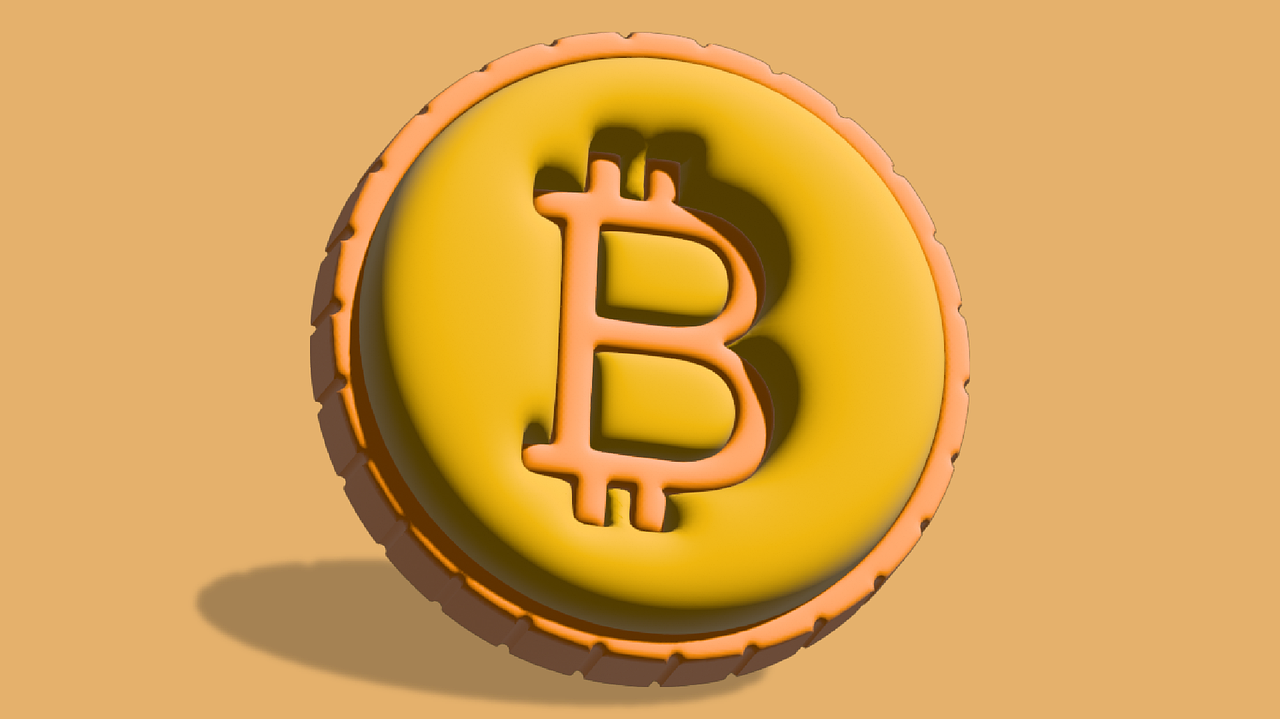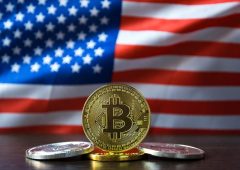Bitcoin Faces Tough September, Uncertainty Looms Ahead
11.09.2024 10:00 1 min. read Alexander Stefanov
Investors in Bitcoin should prepare for a challenging September, historically one of the worst months for returns, according to New York Digital Investment Group (NYDIG).
In a market update on September 10, Greg Cipolaro, NYDIG’s global head of research, highlighted the scarcity of near-term catalysts for Bitcoin. Cipolaro noted that significant drivers for Bitcoin’s price are currently limited to broader macroeconomic factors like inflation, unemployment, and interest rate decisions by the Federal Open Market Committee, rather than cryptocurrency-specific events.
Despite Bitcoin’s recent 3% increase, aided by gains in the S&P 500 and Nasdaq, September’s historical trend shows an average loss of 5.9% for Bitcoin over the past 13 years.
Looking ahead, the fourth quarter, which starts in less than three weeks, has generally been more favorable for Bitcoin, with October and November historically showing average gains of 16.1% and 40.6%, respectively.
Cipolaro also mentioned the upcoming U.S. presidential election as a significant concern, noting the uncertainty surrounding the candidates’ positions on digital assets. This potential volatility could impact Bitcoin’s performance in the near term.
-
1
Trump-Linked Truth Social Pushes for Bitcoin-Ethereum ETF as Crypto Strategy Expands
25.06.2025 19:00 2 min. read -
2
Bitcoin Hashrate Declines 3.5%, But Miners Hold Firm Amid Market Weakness
27.06.2025 21:00 2 min. read -
3
Bitcoin’s Price Closely Mirrors ETF Inflows, Not Corporate Buys
26.06.2025 11:00 2 min. read -
4
Crypto Company Abandons Bitcoin Mining to Focus Entirely on Ethereum Staking
26.06.2025 20:00 1 min. read -
5
Bitcoin Hits New All-Time High Above $112,000 as Short Squeeze and Tariffs Fuel Rally
10.07.2025 0:35 2 min. read
Peter Schiff Warns of Dollar Collapse, Questions Bitcoin Scarcity Model
Gold advocate Peter Schiff issued a stark warning on monetary policy and sparked fresh debate about Bitcoin’s perceived scarcity. In a pair of high-profile posts on July 12, Schiff criticized the current Fed rate stance and challenged the logic behind Bitcoin’s 21 million supply cap.
Bitcoin Price Hits Record Highs as Exchange Balances Plunge
A sharp divergence has emerged between Bitcoin’s exchange balances and its surging market price—signaling renewed long-term accumulation and supply tightening.
What’s The Real Reason Behind Bitcoin’s Surge? Analyst Company Explains
Bitcoin touched a new all-time high of $118,000, but what truly fueled the rally?
Bitcoin Lesson From Robert Kiyosaki: Buy Now, Wait for Fear
Robert Kiyosaki, author of Rich Dad Poor Dad, has revealed he bought more Bitcoin at $110,000 and is now positioning himself for what macro investor Raoul Pal calls the “Banana Zone” — the parabolic phase of the market cycle when FOMO takes over.
-
1
Trump-Linked Truth Social Pushes for Bitcoin-Ethereum ETF as Crypto Strategy Expands
25.06.2025 19:00 2 min. read -
2
Bitcoin Hashrate Declines 3.5%, But Miners Hold Firm Amid Market Weakness
27.06.2025 21:00 2 min. read -
3
Bitcoin’s Price Closely Mirrors ETF Inflows, Not Corporate Buys
26.06.2025 11:00 2 min. read -
4
Crypto Company Abandons Bitcoin Mining to Focus Entirely on Ethereum Staking
26.06.2025 20:00 1 min. read -
5
Bitcoin Hits New All-Time High Above $112,000 as Short Squeeze and Tariffs Fuel Rally
10.07.2025 0:35 2 min. read


